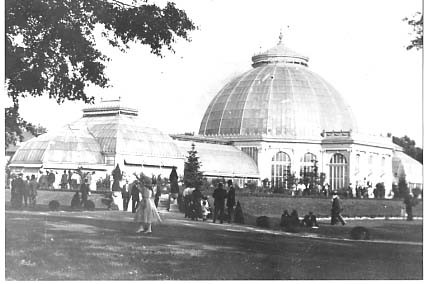Hemispheric history 101
Roberto Tejada's takedowns ...

Roberto Tejada, Exposition Park (Wesleyan University Press, 2010), 68 pp. $22.99. In After Translation Ignacio Infante attempts to disable national, linguistic and cultural borders in order to reposition modernism as a hemispheric, if not global, phenomenon. In doing so, he follows the paths of any number of writers and critics (the late Lorenzo Thomas, for example). However, Infante places translation, in Walter Benjamin’s sense, at the center of this project. Going a step farther, Roberto Tejada torques Benjamin’s arcade, underscoring its curatorial facet. Thus Exposition Park is itself a kind of updated Harlem Gallery, teasing out the linguistic, political and cultural implications of Tolson’s magnum opus. Divided into seven sections which correspond directly or indirectly to public and museum art projects, exhibits and performances, this book dissects Anglo-American myth concerning the Americas and sutures a “new” history that emphasizes “In no beginning/ was there just one language.” (42) The central metaphors throughout are the various world expositions during the late 19th and early 20th centuries. Offered as self-congratulatory paeans to the imagined futures of the sciences and humanities, these expositions were predicated on suppressing the ugly histories on which, too often, the sciences and humanities were founded. More specifically, Tejada unearths the Spanish, Portuguese and English colonial adventures that gave birth to the modern Americas. The resulting cultural contradictions peculiar—though not unique—to Latin America are perhaps best summed up in the last section, “Debris in Pink And Black,” inspired by Bataille’s musings on desire: “Blackout at the looking glass, unite the guest and foreigner, most reflective of feeding time when I swallowed my own likeness.” (56) Or as he puts it in “Diorama (after Magali Lara),” A borderland state between demise and rebirth, place parallel to childhood where fingers recur those first prohibitions—of mixing and diluting, of wallowing in our own smear—so as to achieve, at last, a change of skin.” (28) Crisscrossing languages, geographical borders (the Mexican-United States border is only one of several), and cultural taboos, Exposition Park is, in the most literal sense, a transgressive text, one of those books that rewards reading after reading.
Hunches, hedges, etc.